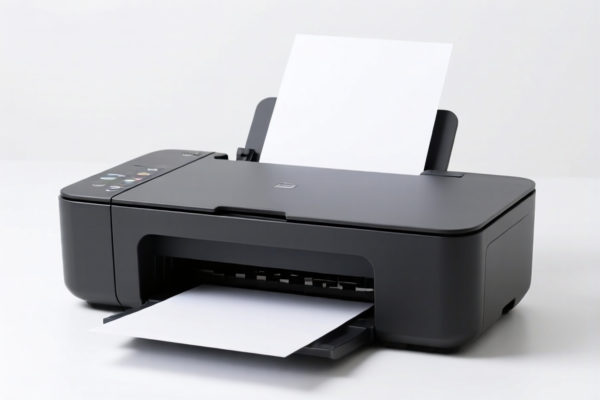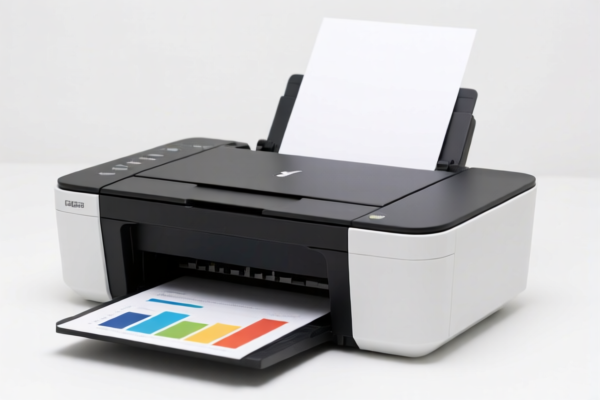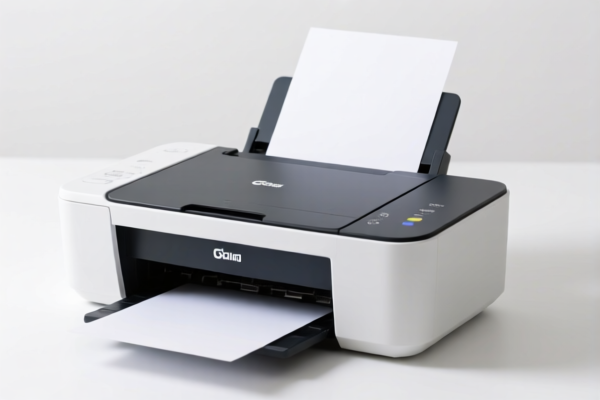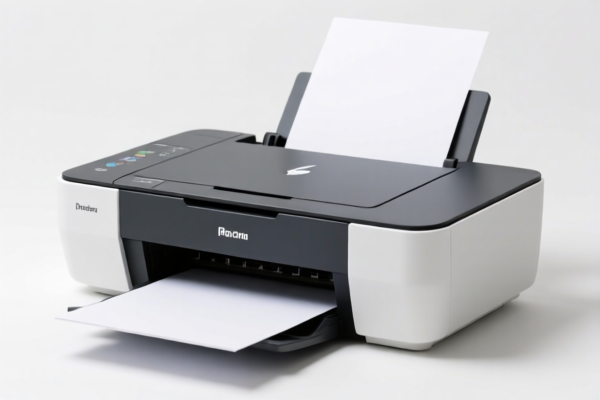| HS Code | Official Doc | Tariff Rate | Origin | Destination | Effective Date |
|---|---|---|---|---|---|
| 8443992510 | Doc | 37.5% | CN | US | 2025-05-12 |
| 8443992550 | Doc | 37.5% | CN | US | 2025-05-12 |
| 8487900080 | Doc | 83.9% | CN | US | 2025-05-12 |
| 8487900040 | Doc | 58.9% | CN | US | 2025-05-12 |
| 4911998000 | Doc | 37.5% | CN | US | 2025-05-12 |
| 4911996000 | Doc | 37.5% | CN | US | 2025-05-12 |
| 4907000000 | Doc | 37.5% | CN | US | 2025-05-12 |
| 4907000000 | Doc | 37.5% | CN | US | 2025-05-12 |




Printer Nozzle
A printer nozzle is a critical component in 3D printers and inkjet printers responsible for precisely depositing material to create objects or images. Its function and characteristics vary significantly depending on the printer type.
Function
The primary function of a printer nozzle is to extrude or spray a controlled amount of material – typically filament, resin, or ink – onto a build surface or media. This material is then solidified or cured to form the desired shape or image. Precision and consistency in material delivery are paramount for achieving accurate and high-quality prints.
Material
The material of the nozzle is dictated by the material being printed. Common materials include:
- Brass: Frequently used in FDM (Fused Deposition Modeling) printers for its excellent thermal conductivity and affordability. However, brass can wear down with abrasive filaments (carbon fiber, glow-in-the-dark).
- Stainless Steel: More durable than brass, resistant to wear, and suitable for a wider range of filaments, including abrasive ones.
- Hardened Steel: Offers exceptional durability and resistance to abrasion, ideal for demanding applications and high-abrasive filaments.
- Ruby/Sapphire: Used in specialized applications requiring extreme wear resistance and precision, often found in high-end SLA/DLP printers.
- Ceramic: Provides excellent heat resistance and chemical inertness, suitable for printing high-temperature materials.
Purpose (by Printer Type)
- FDM Printers: Nozzles melt plastic filament and extrude it layer by layer to build a three-dimensional object. The nozzle diameter directly impacts print resolution and deposition speed.
- SLA/DLP Printers: Nozzles (often part of a print head with multiple nozzles) precisely deposit liquid resin, which is then cured by a light source (laser or projector) to create the object.
- Inkjet Printers: Nozzles spray tiny droplets of ink onto paper or other media to form images and text. Nozzle size and arrangement determine print resolution and color accuracy.
Usage Scenarios
- Prototyping: Creating functional prototypes quickly and affordably.
- Manufacturing: Producing end-use parts, jigs, fixtures, and tooling.
- Hobbyist Projects: Creating custom designs, art pieces, and replacement parts.
- Commercial Printing: Producing high-quality images, documents, and marketing materials.
Common Types
- Standard Nozzles: General-purpose nozzles for a wide range of materials and applications. Common diameters range from 0.4mm to 1.0mm for FDM printers.
- Wide Nozzles: Larger diameter nozzles (e.g., 1.2mm, 1.5mm) for faster printing speeds and larger layer heights, often used for draft prints or functional parts.
- Small Nozzles: Smaller diameter nozzles (e.g., 0.2mm, 0.15mm) for higher resolution prints and intricate details.
- Hardened Nozzles: Designed for abrasive filaments (carbon fiber, glow-in-the-dark, wood-filled) to prevent wear and maintain print quality.
- Coated Nozzles: Feature a coating (e.g., PTFE) to reduce filament friction and improve flow.
- Multi-Nozzle Print Heads: Used in printers requiring multiple materials or colors.
- Micro Nozzles: Extremely small nozzles used in specialized applications like bio-printing or microfluidics.
Based on the provided information, the following HS codes may be relevant to “printer nozzle”:
- 8443992510: This HS code falls under Chapter 84, which covers machinery used for printing. Specifically, it relates to parts and accessories of printers, copying machines, and facsimile machines. The subheading '992510' further specifies parts and accessories of printers, and specifically identifies ink cartridges. While a nozzle isn’t explicitly mentioned, it is a component of a printer and could fall under this classification as a part. The total tax rate is 37.5%, comprised of a 0.0% base tariff, a 7.5% additional tariff, and a 30.0% additional tariff effective after April 2, 2025.
- 8443992550: Similar to 8443992510, this HS code also falls under Chapter 84, covering printing machinery parts and accessories. The '992550' subheading denotes parts and accessories of printers, but is more generally defined as "Other". As a printer component, a nozzle could be classified here. The total tax rate is 37.5%, with a 0.0% base tariff, a 7.5% additional tariff, and a 30.0% additional tariff effective after April 2, 2025.
- 8487900080: This HS code is under Chapter 84, covering machinery parts not containing electrical connectors, insulators, coils, or contacts. The '900080' subheading specifies "Other". If the printer nozzle does not contain any electrical components, it may fall under this classification. The total tax rate is 83.9%, consisting of a 3.9% base tariff, a 25.0% additional tariff, and a 30.0% additional tariff, with a 25% additional tariff applied to steel or aluminum products.
Important Note: Regarding HS code 8487900080, please note the need to verify the material composition (steel or aluminum) as an additional 25% tariff applies to those products.
Customer Reviews
No reviews yet.